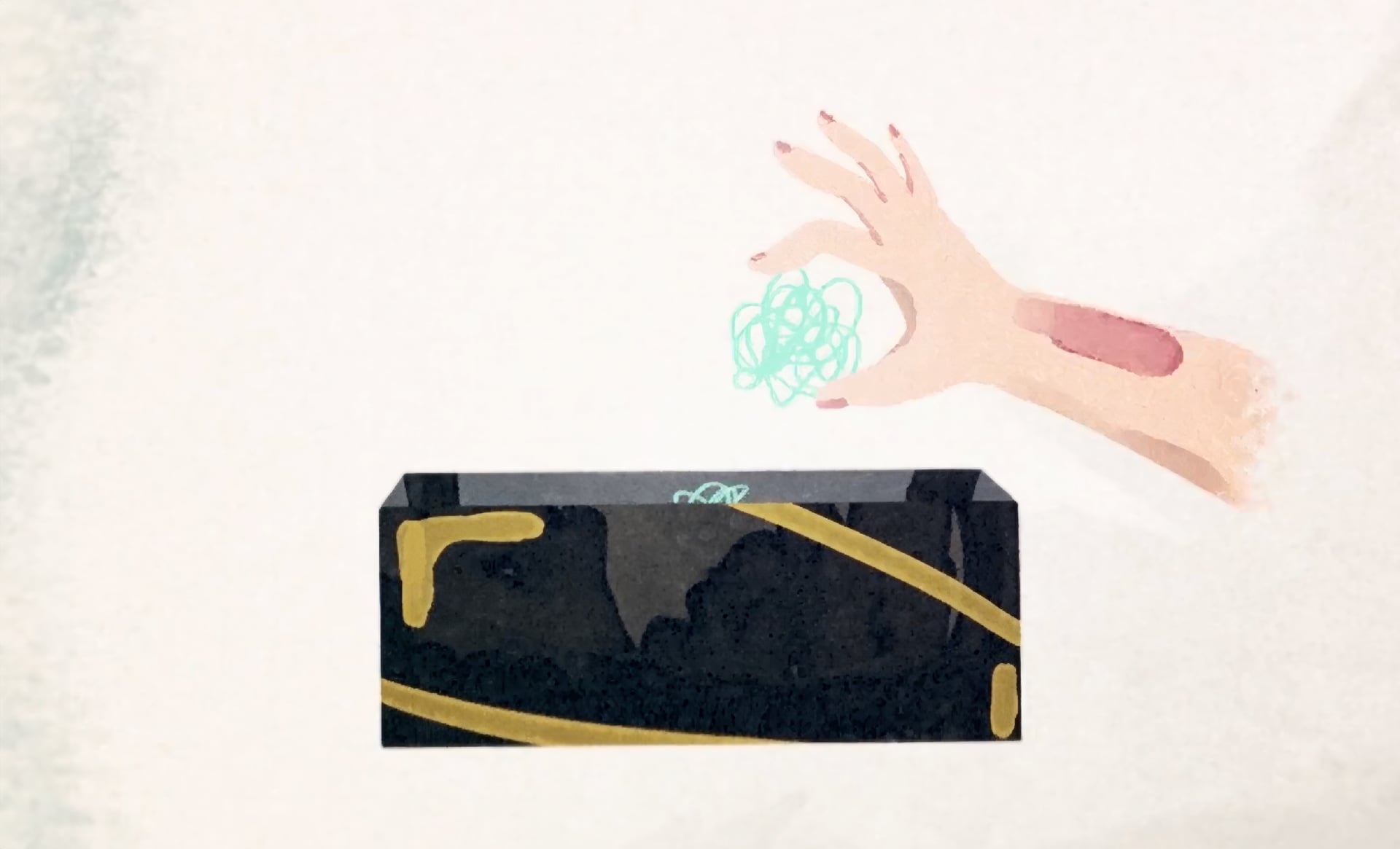
Developing a Container
 EMDR for Kids and Teens
EMDR for Kids and TeensA container is something to be used at the end of the session, primarily with an incomplete session. And this is where you're taking any thoughts, feelings, distressing material that they worked on, people, places, things, and shrinking it down and putting it into some kind of container that feels like there's distance and it won't come out and intrude upon during the week. Once the child has picked a container, then you're gonna have them imagine putting it in the container, and then you're applying the bilateral stimulation. And then you give them the instruction to tell you when to stop when they have it all contained. That way it ensures they feel more in control because they are telling you when to stop.
We're gonna need to stop just because of time. Is that, is that okay? Okay. So what I wanna do, Charlie, is let's we're we're not we're not done with processing this for sure. But what I wanna do is contain this a little bit for the next time we would get together. Was that alright? Okay. So if you could think of a container that we could kind of imaginearily put this in, what would be a good container?
Just a bucket. Like a galvanized steel bucket. Okay. And would that be that would be sealed enough for you? I don't know why I know this, but they carry lava and galvanized steel buckets. So it feels like no matter what's in there, least it'll be okay. It can hold it. Mhmm. It's in there, and it's fine. Okay. It's fine.
Alright. So what I want you to do is to think about anything that we worked on today that's distressing, and I want you to change it into a shape and shrink it down and imagine putting it in and containing it in that bucket. Alright? And I'm gonna just run the buzzies continually, and you tell me when to stop. You tell me when it's contained in that bucket. Alright? Do I have to put the good things in the bucket too? You do not have to put the good things in the bucket. Just the distressing things.
Okay. Okay. Go ahead. Okay. Okay? It's there? Alright. How are you doing? How do you feel? Tired. I bet. So you've done a lot of work today, and we're not done. This is sort of like if we're on a train driving from LA to Miami and we're probably in Dallas. Okay? So what I'd like you and we have things contained. And if anything that comes up that's distressing you and it kinda seems like it's coming out of the bucket, just imagine that bucket, you're putting it back in there.
Right? And I want you to practice your safe place exercise and just use that and imagine that to help any with any kind of distressing feelings that might come up. And then I always tell clients, you know, if if you have any questions about this process, don't hesitate to call me. It's not unusual for people to have, dreams the night of our processing or the next night. Up to two weeks, actually, you'll continue processing. I want you to just make a note of anything that comes up that you think is related to it for us for in our next session so we can jump back in and reprocess on that.
Alright? Alright. You did a really good job today. Thank you. Alright. Thanks.